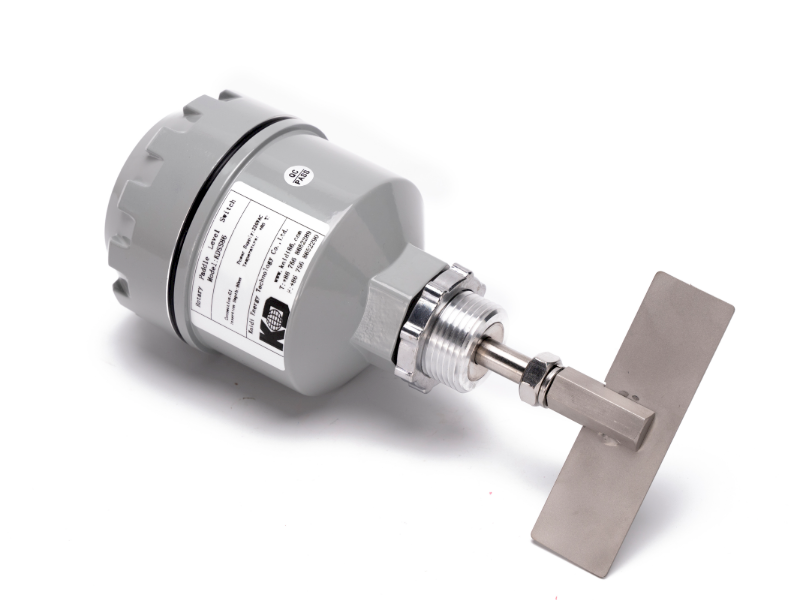BETTER TOUCH BETTER BUSINESS
Contact Sales at KAIDI.
Level switches, like level sensors, are mainly used to determine the filling level in tanks, silos or storage containers.In contrast to level sensors, which continuously measure the change in level, the level switch only indicates whether or not the level has reached a certain height. It is a one-time measurement. A detector therefore does not send a signal proportional to the level but a switching signal.
Level switches are used in process control for the management of critical level alarms (empty or full tank) and in the management of set points for filling or emptying tanks, etc.
There are several types of technology used for level switches, and some of them are also used for rotary level sensor. The different types of technology available are more or less suitable according to the type of product you want to measure the level for, whether it is a liquid, a pasty product or a solid in bulk.
The main technologies used for level switches are:
Float level switch: a float follows the movement of the surface of a liquid and triggers a switch.
Vibrating level switch: a rod or blades vibrate at their resonance frequency, when the product reaches them, the vibrations are damped and the detector switches.
Rotary paddle level switch: a motor rotates a paddle, when the product reaches the paddle, the rotation is stopped and the detector switches.
Capacitive level switch: the detector forms an electrical capacitor with the tank, whose capacity changes when the level reaches the detector.
Conductive fuel level switch: when a conductive liquid comes into contact with the electrodes of the switch, current is able to flow and trigger the switch.
Electro-optical level switch: the light coming from an infrared LED is reflected towards a receiver by a prism, when the level of liquid reaches the prism the beam is not reflected anymore but refracted in the liquid, which causes the detector to switch.
How do paddle switches work?
Paddle shifters allow you to shift gear while holding the steering wheel without having to move your hand to the gear lever, making the change safer and quicker. By clicking the paddle shifter, you can upshift or downshift the transmission as you drive.

The principle of rotating paddle level switch is based on an electric motor that turns at a low speed, via a transmission and a shaft equipped with one or more paddles.
This type of switch is used in silos, bins and hoppers to detect high and low levels of bulk solids. When the product level reaches the paddles, the material slows down the rotation and stops the motor, which triggers the switching signal of the sensor.
Rotary level switches are widely used in silos for grain, sugar, cocoa, animal feed, lye, chalk, plaster, cement, wood chips, etc.
Advantages of rotary paddle level switch:
Measuring principle for simple applications
Robust technology
No calibration is required
We are here to help you! If you close the chatbox, you will automatically receive a response from us via email. Please be sure to leave your contact details so that we can better assist